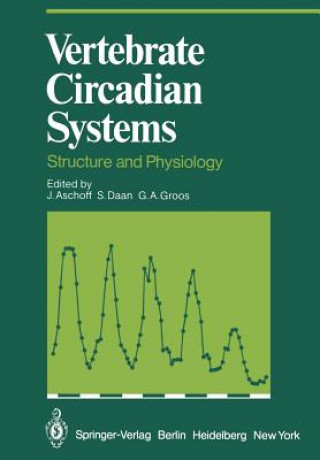
Kód: 06625178
Vertebrate Circadian Systems
Autor J. Aschoff, S. Daan, G. A. Groos
By evolutionary adaptation to the perpetual day-night changes in envi ronmental conditions, eukaryotic organisms have acquired an endogen ous programme. This mechanism exhibits the characteristics of a self sustaining oscillation ... celý popis
- Jazyk:
 Angličtina
Angličtina - Vazba: Brožovaná
- Počet stran: 366
Nakladatelství: Springer-Verlag Berlin and Heidelberg GmbH & Co. KG, 2012
- Více informací o knize

5094 Kč

Skladem u dodavatele v malém množství
Odesíláme za 12-15 dnů
Potřebujete více kusů?Máte-li zájem o více kusů, prověřte, prosím, nejprve dostupnost titulu na naši zákaznické podpoře.
Přidat mezi přání
Mohlo by se vám také líbit
-

Tinker
544 Kč -
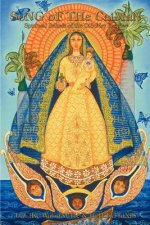
SoNG oF THe CaiMaN
254 Kč -

HAPI Heart Diet
678 Kč
Darujte tuto knihu ještě dnes
- Objednejte knihu a zvolte Zaslat jako dárek.
- Obratem obdržíte darovací poukaz na knihu, který můžete ihned předat obdarovanému.
- Knihu zašleme na adresu obdarovaného, o nic se nestaráte.
Více informací o knize Vertebrate Circadian Systems
Nákupem získáte 509 bodů
 Anotace knihy
Anotace knihy
By evolutionary adaptation to the perpetual day-night changes in envi ronmental conditions, eukaryotic organisms have acquired an endogen ous programme. This mechanism exhibits the characteristics of a self sustaining oscillation the period of which approximates that of the earth's rotation. For animals such a property was first clearly demon strated by Maynard S. Johnson (1939) who recorded, in constant conditions, free-running activity rhythms of white-footed mice (Peromyscus /eucopus). Johnson concluded from his observations that "this animal has an exceptionally substantial and durable self-winding and self-regulating clock, the mechanism of which remains to be worked out". Twenty years later, the formal properties of this "circadian" clock and its use by organisms as a time-keeping device were summa rized at the Cold Spring Harbor Symposium in 1960 (Chovnick 1961). During the following two decades, investigations have turned towards an analysis of the physiological mechanisms involved in and the search for a central masterclock. These efforts led to the discovery that the pineal organ of submammalian vertebrates and the suprachiasmatic nuclei of birds and mammals are major candidates for a role as central circadian pacemakers. At the same time the neural pathways through which these structures are coupled to the light-dark cycle were identi fied. Furthermore, it was established that the pineal gland and the suprachiasmatic nuclei are closely related structures that integrate the functions of circadian timekeeping and photoperiodic time measure ment.
 Parametry knihy
Parametry knihy
Zařazení knihy Knihy v angličtině Mathematics & science Biology, life sciences Zoology & animal sciences
5094 Kč
- Plný název: Vertebrate Circadian Systems
- Podnázev: Structure and Physiology
- Autor: J. Aschoff, S. Daan, G. A. Groos
- Jazyk:
 Angličtina
Angličtina - Vazba: Brožovaná
- Počet stran: 366
- EAN: 9783642686535
- ISBN: 9783642686535
- ID: 06625178
- Nakladatelství: Springer-Verlag Berlin and Heidelberg GmbH & Co. KG
- Hmotnost: 661 g
- Rozměry: 244 × 170 × 21 mm
- Datum vydání: 19. January 2012
Oblíbené z jiného soudku
-
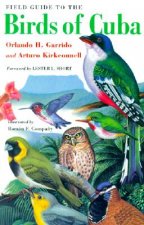
Field Guide to the Birds of Cuba
585 Kč -
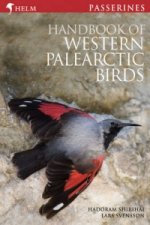
Handbook of Western Palearctic Birds
3884 Kč -

Bach Flower Remedies For Animals
543 Kč -

Mammals of Costa Rica
586 Kč -

Wolves
836 Kč -
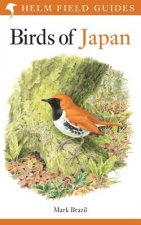
Birds of Japan
1061 Kč -

Birds of Argentina and Southwest Atlantic V 1
843 Kč -

Fishes of Indiana
619 Kč -
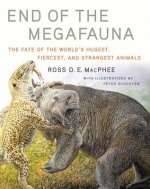
End of the Megafauna
836 Kč -
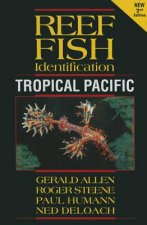
Reef Fish Identification
1103 Kč -

Essentials of Clinical Anatomy of the Equine Locomotor System
1966 Kč -
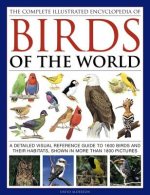
Complete Illustrated Encyclopedia of Birds of the World
550 Kč -

Complete Field Guide to Butterflies of Australia
1156 Kč -
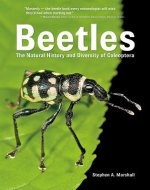
Beetles
1745 Kč -

Wisdom of Wolves
640 Kč -

In The Shadow Of Man
466 Kč -
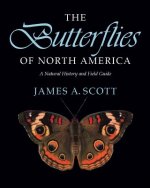
Butterflies of North America
1521 Kč -
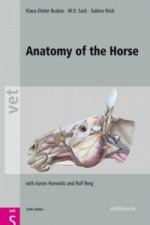
Anatomy of the Horse
2010 Kč -
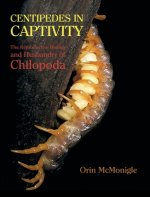
Centipedes in Captivity
1720 Kč -
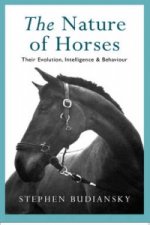
Nature of Horses
276 Kč -
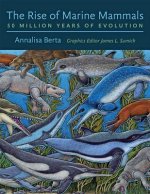
Rise of Marine Mammals
2045 Kč -
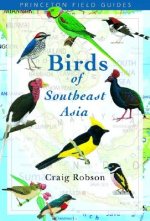
Birds of Southeast Asia
814 Kč -
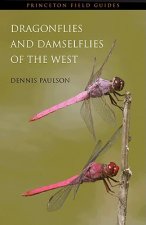
Dragonflies and Damselflies of the West
855 Kč -
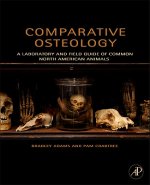
Comparative Osteology
1917 Kč -
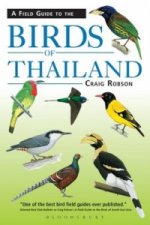
Field Guide to the Birds of Thailand
1169 Kč -

Bumblebees
771 Kč -
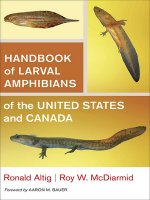
Handbook of Larval Amphibians of the United States and Canada
2730 Kč -
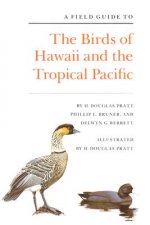
Field Guide to the Birds of Hawaii and the Tropical Pacific
1246 Kč -
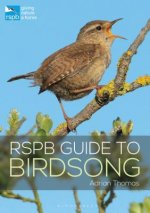
RSPB Guide to Birdsong
483 Kč -
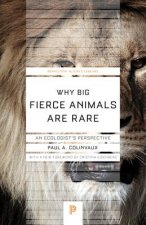
Why Big Fierce Animals Are Rare
392 Kč -

Principles of Thermal Ecology: Temperature, Energy and Life
2368 Kč -
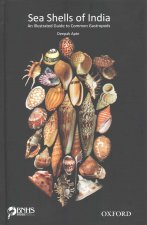
Sea Shells of India
1399 Kč -

Dance Language and Orientation of Bees
2044 Kč -

Solitary wasps
880 Kč -

Prairie Dog Empire
522 Kč -
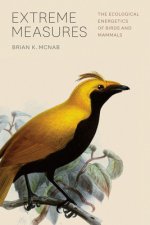
Extreme Measures - The Ecological Energetics of Birds and Mammals
1471 Kč -

National Audubon Society Guide to Marine Mammals of the World
855 Kč -

Tracks and Signs of the Animals and Birds of Britain and Europe
875 Kč -
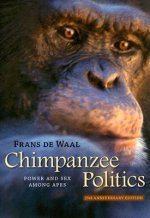
Chimpanzee Politics
998 Kč -
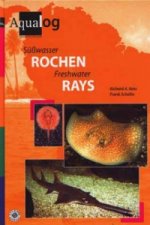
Aqualog Freshwater Rays
671 Kč -
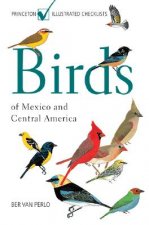
Birds of Mexico and Central America
623 Kč -
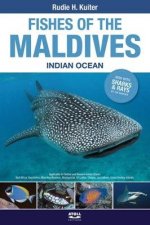
Fishes of the Maldives
1370 Kč -
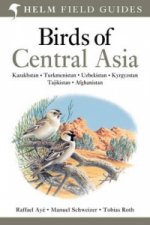
Birds of Central Asia
1252 Kč -
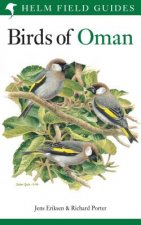
Birds of Oman
1087 Kč -
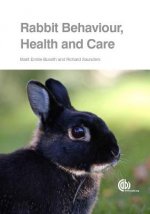
Rabbit Behaviour, Health and Care
736 Kč -
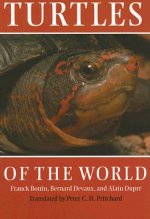
Turtles of the World
1741 Kč -

Are You My Mother?
222 Kč -

Lives of Bees
706 Kč -
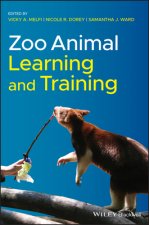
Zoo Animal Learning and Training
1716 Kč
Osobní odběr Praha, Brno a 12903 dalších
Copyright ©2008-24 nejlevnejsi-knihy.cz Všechna práva vyhrazenaSoukromíCookies


 Vrácení do měsíce
Vrácení do měsíce 571 999 099 (8-15.30h)
571 999 099 (8-15.30h)